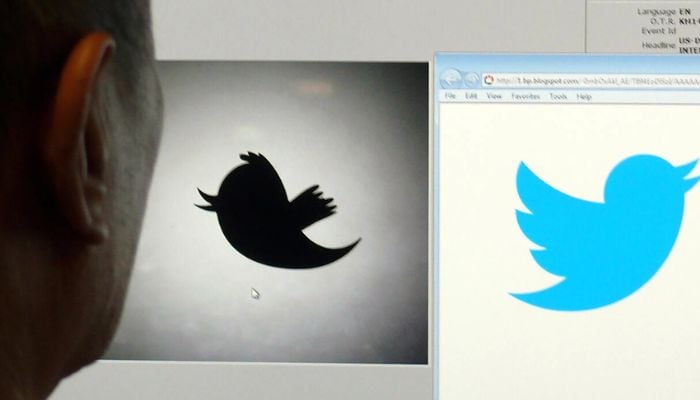[ad_1]
WASHINGTON: For days, doctors, scientists and public health experts have been telling their Twitter followers where to find them on other platforms if Elon Musk’s newly acquired company tanks.
The social media giant Bluebird has laid off half of its 7,500 employees, while several hundred more have been laid off. they quitWhich raises doubts about his future.
Even if he survived, the Unpredictability The new president has raised concerns that his policies could profoundly change the character of the so-called digital cityscape.
It would be a huge loss for medical experts, who have used Twitter since the start of the COVID pandemic as a tool to quickly gather information, share their research, communicate public health messages, and forge new collaborations.
The pandemic was “a turning point in the use of social media as a primary resource for researchers,” said Jason Kendrachuk, a virologist at the University of Manitoba in Canada. France Press agency.
When the coronavirus began its global march in January 2020, researchers set out to conduct studies to understand how the virus spreads, its health effects, and the best way to protect itself.
They shared the findings immediately on Twitter to help the broader medical community and concerned public, often in the form of “preprints” — early copies of scientific papers before they are submitted to a journal.
“In the midst of a pandemic, the ability to quickly share information is critical to translating and disseminating knowledge, and Twitter is able to do this in a way normally unfeasible for textbooks or magazines,” said a comment posted in Al Kindi. Journal of Emergency Medicine.
The peer review process took place effectively in real time on Twitter, with scientists publicly sharing their interpretations and criticisms of each new study.
Of course, there was also a downside: Unworthy work got a lot of attention, and non-specialists kept doing their best on subjects far outside their areas of expertise.
International cooperation
On the other hand, thanks to Twitter, experts from all over the world can easily find each other and work as a team.
“There are people I’m collaborating with now that have been based on the interactions generated from Twitter,” said Kindrachuk, who has about 22,000 followers.
“I think this could change in the very near future, this for me brings some feelings of anxiety and regret.”
For example, it was the vital work of researchers from South Africa and Botswana that alerted the world to the dangerous Omicron variant in late 2021.
Twitter’s loss will be compounded by the fact that it has long been rumored by experts of another profession: the press.
“Because Twitter is a platform that a lot of journalists follow, it helps, and there is a feedback loop. It gets amplified,” explained Celine Gunder, an infectious disease specialist and epidemiologist with 88,000 followers.
She added that she had moved a private discussion on Twitter with dozens of colleagues to Signal, and once again began posting her thoughts on LinkedIn as well as on the Post News platform.
Many experts have now got their hands on Mastodon’s rival service in their Twitter bios, or directed their followers to their Substack newsletters.
If Twitter doesn’t work out, “we’ll all adapt, we’ll find other social media platforms,” said Kindrachuk.
“But it will take time and unfortunately, infectious diseases do not wait for us to find new mechanisms of communication.”
[ad_2]
Source link

